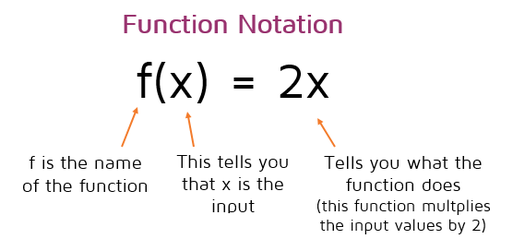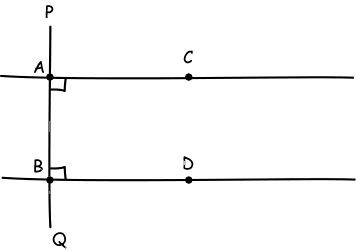

From studies of the space and solids in the space around them, an abstract geometrical notion of a solid object was developed. The notions of point, line, plane (or surface) and so on were derived from what was seen around them. The Greek mathematicians of Euclid’s time thought of geometry as an abstract model of the world in which they lived. These books influenced the whole world’s understanding of geometry for generations to come.In this chapter, we shall discuss Euclid’s approach to geometry and shall try to link it with the present day geometry.Įuclid’s Definitions, Axioms and Postulates He divided the ‘Elements’ into thirteen chapters, each called a book. At that time Euclid, a teacher of mathematics at Alexandria in Egypt, collected all the known work and arranged it in his famous treatise,called ‘Elements’. Pythagoras and his group discovered many geometric properties and developed the theory of geometry to a great extent.

One of Thales’ most famous pupils was Pythagoras (572 BC), whom you have heard about. This proof was of the statement that a circle is bisected (i.e., cut into two equal parts) by its diameter. The Greeks were interested in establishing the truth of the statements they discovered using deductive reasoning.Ī Greek mathematician, Thales is credited with giving the first known proof. But in civilisations like Greece, the emphasis was on the reasoning behind why certain constructions work. In fact, Babylonians and Egyptians used geometry mostly for practical purposes and did very little to develop it as a systematic science. There were no general rules of the procedure. The geometry developed by Egyptians mainly consisted of the statements of results. Also, we find that in some civilisations like Babylonia, geometry remained a very practical oriented discipline, as was the case in India and Rome.

What is interesting about these developments of geometry in the ancient world is that they were passed on from one generation to the next, either orally or through palm leaf messages, or by other ways. But this was happening in an unsystematic manner.

These examples show that geometry was being developed and applied everywhere in the world. Though accurate geometric methods were used for the constructions of altars, the principles behind them were not discussed. These triangles are arranged in such a way that they produce 43 subsidiary triangles. The sriyantra (given in the Atharvaveda) consists of nine interwoven isosceles triangles. Square and circular altars were used for household rituals, while altars whose shapes were combinations of rectangles, triangles and trapeziums were required for public worship. The location of the sacred fires had to be in accordance to the clearly laid down instructions about their shapes and areas, if they were to be effective instruments. The geometry of the Vedic period originated with the construction of altars (or vedis) and fireplaces for performing Vedic rites.
#COMMON NOTION DEFINITION GEOMETRY MANUALS#
In ancient India, the Sulbasutras (800 BC to 500 BC) were the manuals of geometrical constructions. The bricks used for constructions were kiln fired and the ratio length : breadth : thickness, of the bricks was found to be 4 : 2 : 1. This shows that the town dwellers were skilled in mensuration and practical arithmetic. The houses had many rooms of different types. For example, the roads were parallel to each other and there was an underground drainage system. The cities were highly developed and very well planned. show that the Indus Valley Civilisation (about 3000 BC) made extensive use of geometry. In the Indian subcontinent, the excavations at Harappa and Mohenjo-Daro, etc. They also knew the correct formula to find the volume of a truncated pyramid.You know that a pyramid is a solid figure, the base of which is a triangle, or square, or some other polygon, and its side faces are triangles converging to a point at the top. The knowledge of geometry was also used by them for computing volumes of granaries, and for constructing canals and pyramids. For this purpose, the Egyptians developed a number of geometric techniques and rules for calculating simple areas and also for doing simple constructions. After such flooding, these boundaries had to be redrawn. The people of these civilisations faced several practical problems which required the development of geometry in various ways.įor example, whenever the river Nile overflowed, it wiped out the boundaries between the adjoining fields of different land owners. This branch of mathematics was studied in various forms in every ancient civilisation, be it in Egypt, Babylonia, China, India, Greece, the Incas, etc. Geometry appears to have originated from the need for measuring land. The word 'geometry' comes form the Greek words ' geo', meaning the ' earth', and ' metrein', meaning 't o measure'.


 0 kommentar(er)
0 kommentar(er)
